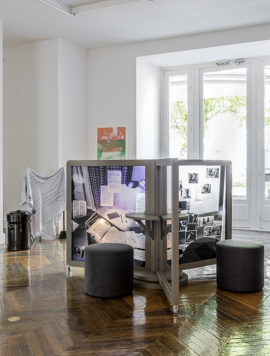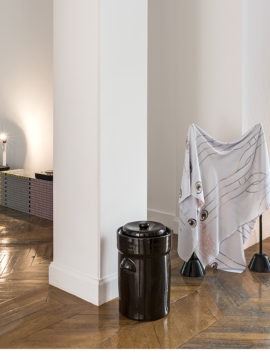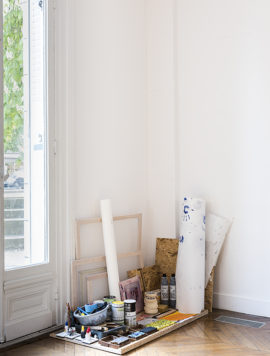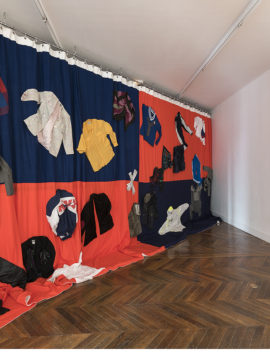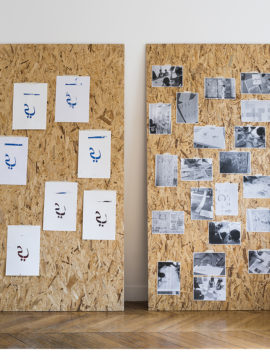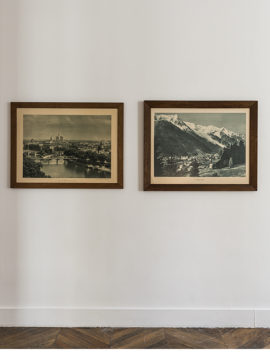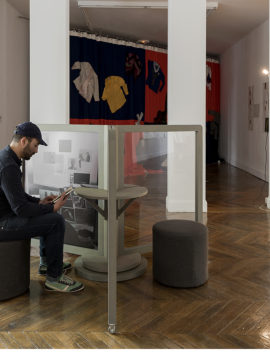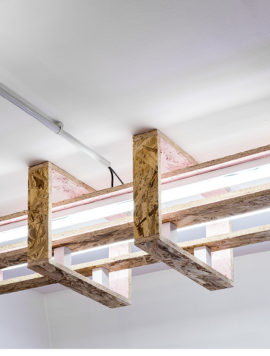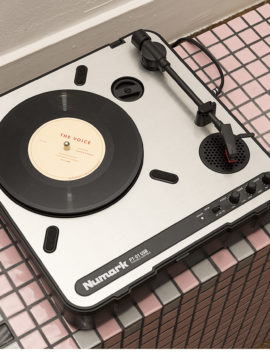Your Hands in My Shoes 3/3
23/09/2016 – 15/07/2017
As we come to grips with the final third of the “Your Hands in My Shoes” season, it seems to us that the close of this yearlong series will be the end neither of the speculation triggered by the exhibition nor of our urge to see roles, functions, relationships and modes of action redistributed and invented as time goes by. This year has been marked by a shared determination to effect a shift in the institution’s forms, addressing them as a set of practices (and not rules) both instituted and instituting, which can be endlessly redefined. The artists have opened up new approaches to receiving the public, other forms of mediation and education, other ways of making the art centre an integral part of its locality and of taking account of the part played by wellbeing in the relationship of the team and the public with the art centre.
Liv Schulman drew on the practices of amateur actors and actresses, using different areas of Noisy-le-Sec as settings for the three episodes of her series Que faire ? [What is to be Done?]. Her characters are part of a dystopian fiction revolving around the workplace and the figure of the writer. Their
words—staccato and urgent (like her writing), and uttered in turn by clashing personalities—lay bare a collective dread crystallised around a shared disquiet: lack of inspiration, absence of desire, finding oneself sidelined… “One for all and all for one” might be their motto, but it’s a loser’s motto driving them deeper into a state of no-exit communal stagnation. They end up merged into a single collective body in an exhibition where a heavy curtain unifies their costumes, their ossified bodies yet again frustrated in their vague attempt to get moving.
For ten months Violaine Lochu headed up her Superformers project in close collaboration with social workers and users of the Noisy-le-Sec Solidarity Centre, as well as with members of the La Galerie team. Together these men and women created Superformances, works revealing forms of heroism in their daily lives. The form this work took lay as much in the network of relationships forged between the artist and all the participants as in the artforms generated by these encounters: finely tuned performances using dissociation between actions and words, sound installations, videos and a publication in which life narratives shot through with tiny successes and buried hopes express the introspectiveness that enabled each participant to make these things public and, yet again, display a certain heroism.
Achim Lengerer installed a printing workshop in the exhibition and with La Presse [The Press] he and the visitor services personnel explored its educational possibilities with different groups of adults and children focusing on multilingualism. Lengerer’s interest in the “Institutional Pedagogy” movement developed by Fernand Oury and Aïda Vasquez in France in the 1950s—its ideas and tools inform his approach to printing, a core part of the exhibition—led us to take advantage of his four-month residency to set up a research group comprising the artist himself and various members of the La Galerie team; through the Institutional Pedagogy filter, the group considered ways of rethinking the relationships between artistic, curatorial and educational practices
in the context of an institution like La Galerie.
The exhibition project sets out to make the art centre a hospitable, liveable place, whose inhabitants appropriate and participate in it. It allows us to weigh up the ways and means for effecting modest but very concrete changes from our own niche in the world. While we wanted to change the rhythm of the habitual sequencing of our exhibitions and projects, we should make it clear at this point that what has taken place in the course of this yearlong adventure is not so much a slowing-down as an intensification of our relationship with the artists we took on board. The time frame was stretched; the ability of the art centre to adapt to the artists’proposals and of the exhibition to transform itself accordingly was put to the test in a context that saw the whole team striving to be attentive, tuned-in and receptive towards the artists and their projects. This long experiment has allowed all concerned, according to availability and personal inclinations, to try on new hats; thus, in many respects, the roles assigned to the team, the artists and the various publics have been—and are still being—rethought, replayed and de-disciplined. As it continues, the experiment allows us to give greater visibility to certain unquestioned power relationships, assignations and categories, and thus discuss and rethink them. These forms of redistribution of responsibilities, of dialogue and of participation are also a means of re-examining a social organisation that bears on our identities and our ways of living and working; they let us reconsider our place within the institution. Doing this entails certain risks: that of changing who we are, what is expected of us and what we represent—issues that also affect us at different personal levels.
We would like to thank all the artists, Géraldine Gourbe, and the members of the public and the art centre team who took part in this long-haul project. We predict that it will find other forms of life elsewhere: we’re ready to bet that the gradual changes we’ve effected are not just ephemeral shifts. These changes underscore the determination of the art centre, and all those who make it what it is or pass through it, to assert new practices of emancipation.
Vanessa Desclaux and Émilie Renard




